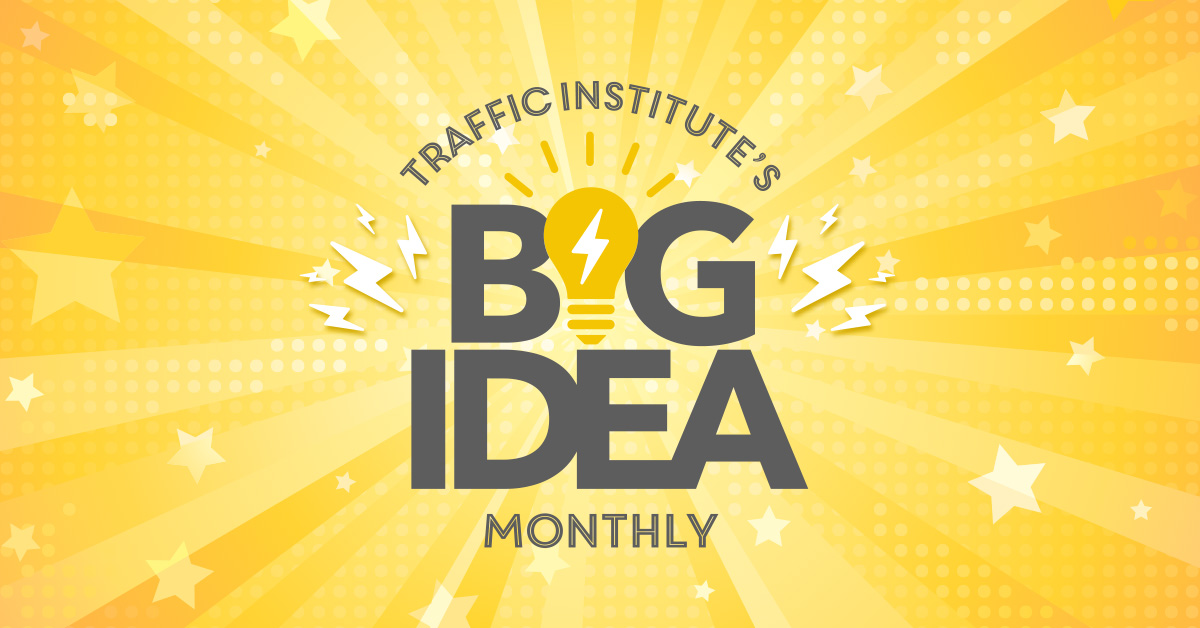Every year we talk to hundreds of owners, general managers and automotive professionals. Many of these conversations hinge on their need to generate more leads, so they can increase sales.
And we get it. Traffic and leads can solve everything, which is great news because helping you get more leads is easy. Trust us, it’s the easiest part of growing your business and reaching the next tier of success, if you know just what to do.
Why is generating more leads so easy in our eyes? Because it is embarrassingly simple to sell and market something that everybody wants. And everybody wants a better car than their driving right now.
But growing your business isn’t just about getting more leads. It’s also about making sure you get the maximum return on investment you made in getting more traffic.
Often the people we’re having these conversations with are current customers who are getting a massive amount of leads per month. We’re talking thousands of leads per month. And so before we find ways to spend more on advertising, enter a different media or generate more leads and traffic, we always advise them to make sure they’re fully capitalizing on the traffic they’ve already got. And you should be doing the same thing. But how?
The number one thing you can start doing right now to make sure you’re getting the most from the leads you’ve already got is to manage and optimize your conversion funnel.
The first thing to do is make sure you aren’t leaving any opportunities from your existing ad spend on the table. In order to do this, you need to start tracking some very important metrics.
First, you need to find out how many unique, valid leads you’re getting each month. This should be pretty easy.
Next, determine what your connect rate is. Your connect rate should be defined as the number of those unique, valid leads that you actually interacted with. This could be a little more difficult to track down because whoever is handling your leads is probably counting any time they speak with a prospect as a connect. But they should be tying that information back to a unique lead’s data. Each unique, valid lead can only count as a connect one time.
You’re looking for a connect rate of 85% or higher. We defined this as the target connect rate because we have clients in markets of all shapes and sizes that are achieving this on a regular basis.
Two of the biggest factors impacting whether or not you connect with a lead are (1) how long it takes you to make the initial call after the lead comes in (speed to lead) and (2) how many times you try to reach the lead. With the right strategy, you can target when and how often you call a lead to optimize the connect rate.
Why is connect rate so important? Because if you aren’t getting in touch with people who have raised their hands and said they want to buy from you, then you are leaving money on the table.
The next number to look at is your schedule rate. Of the people you connect with, you should be scheduling appointments with those leads at a rate of 50%. So if you’re connecting with 500 people each month, you should be scheduling 250 appointments. Of course, of the 250 appointments, about half will show up and about 25% of those will buy. The key here is to get these people who want to drive home today in the doors, so you can help them.
The two places we see the biggest breakdown in the conversion funnel are optimizing connect rate and schedule rate. Small improvements in these two numbers can create a massive increase in store visits.
Look, we get it. Getting all of these numbers might be difficult. Most of our clients use an easy tool that tracks all of these metrics, like Call Commando, which actually generates this full funnel report for them. But even if you aren’t using Call Commando, you should still be examining these numbers.
To put it in perspective, if you are only connecting with 65% of your leads instead of 85%, that’s achieving 75% of the target. If you’re currently selling 100 cars that means that there is an additional 25% left on the table. That’s AN EXTRA 25 CARS SOLD from leads you’re already paying for. Just think about what you could do if your dealership started selling 25 extra cars tomorrow.

